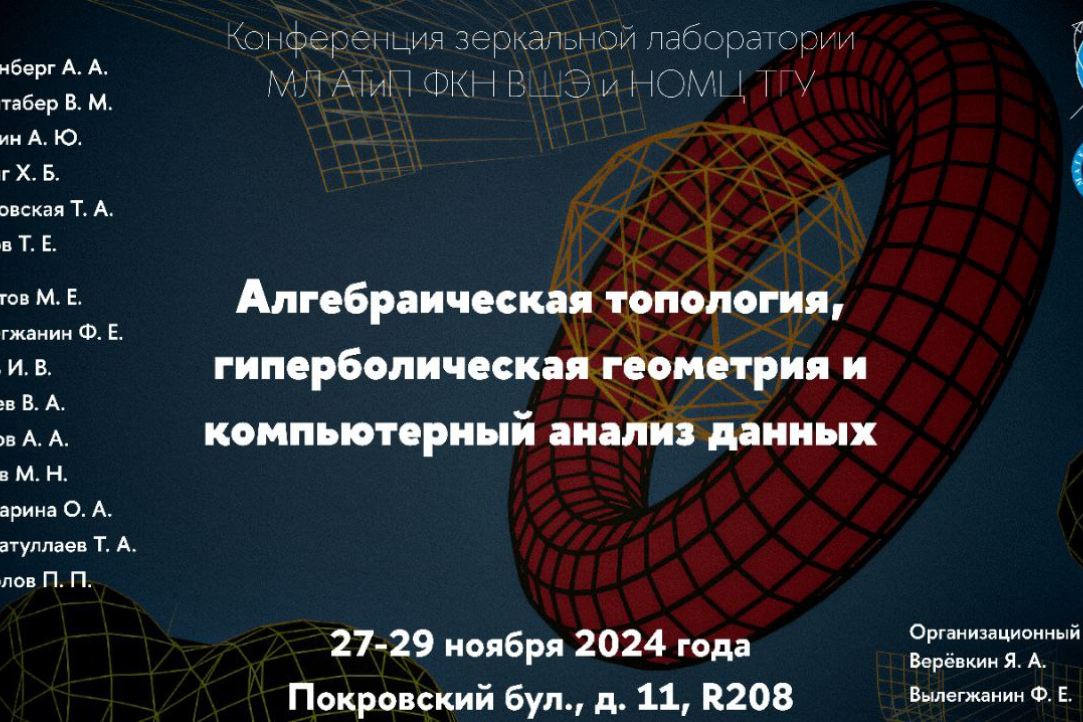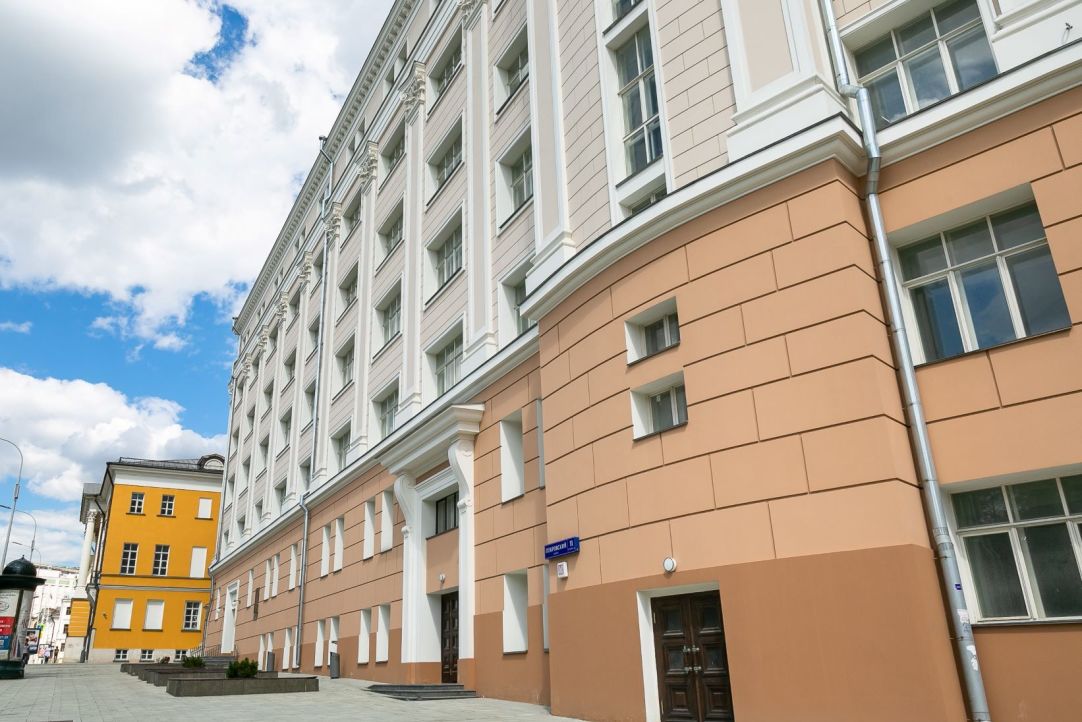International Laboratory of Algebraic Topology and its Applications (ATA) is created at the Faculty of Computer Sciences of HSE in January 2020. ATA-Lab continues and extends the scientific activity of Laboratory of Applied Geometry and Topology which existed in 2019, as a substructure of Big Data and Information Retrieval School.
To access the Russian-language version of the website, follow the link: https://cs.hse.ru/ata-lab/

Conference "Algebraic topology, hyperbolic geometry and computer data analysis"
The conference will gather specialists in equivariant topology, hyperbolic geometry and modern methods of data analysis.
Dates: November 27-29, 2024.
Venue: 11 Pokrovsky Bulvar, Moscow; room R208.

HSE Launches New International Laboratories
For ten years now, HSE has been holding an annual grant competition for researchers who wish to start new international laboratories at HSE in collaboration with leading foreign scholars and scientists. The most recent competition reached its conclusion this past November, and now some of the selected proposed labs have already begun operation. Who are the competition winners and what kind of research will they be doing?



